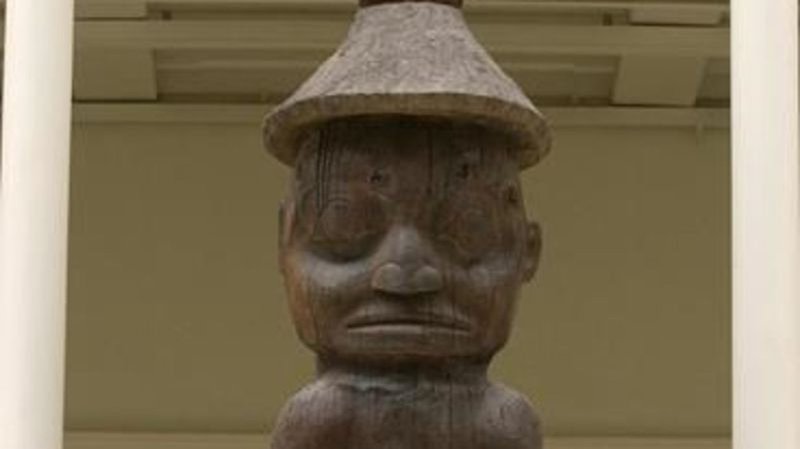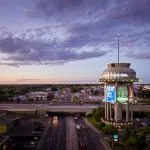
B.C. First Nation arrives in Scotland, asks museum to return totem pole taken in 1929
VANCOUVER — Delegates from the Nisga’a First Nation are in Scotland this week to discuss repatriating a memorial totem pole it says was stolen nearly a century ago.
Seven members, including Nisga’a Nation Chief Earl Stephens, have travelled from British Columbia and are scheduled to meet withstaff, curators and politicians at the National Museum of Scotland on Monday.
“This will be the first time in living memory that members of the House of Ni’isjoohl will be able to see the memorial pole with our own eyes,” Stephens said in a news release. “This visit will be deeply emotional for us all.”
The Nisga’a totem pole, also known as the Ni’isjoohl memorial pole, was hand-carved in the 1860s. It depicts the story of Ts’wawit, a warrior who was next in line to be chief before he was killed in a conflict with a neighbouring nation.


